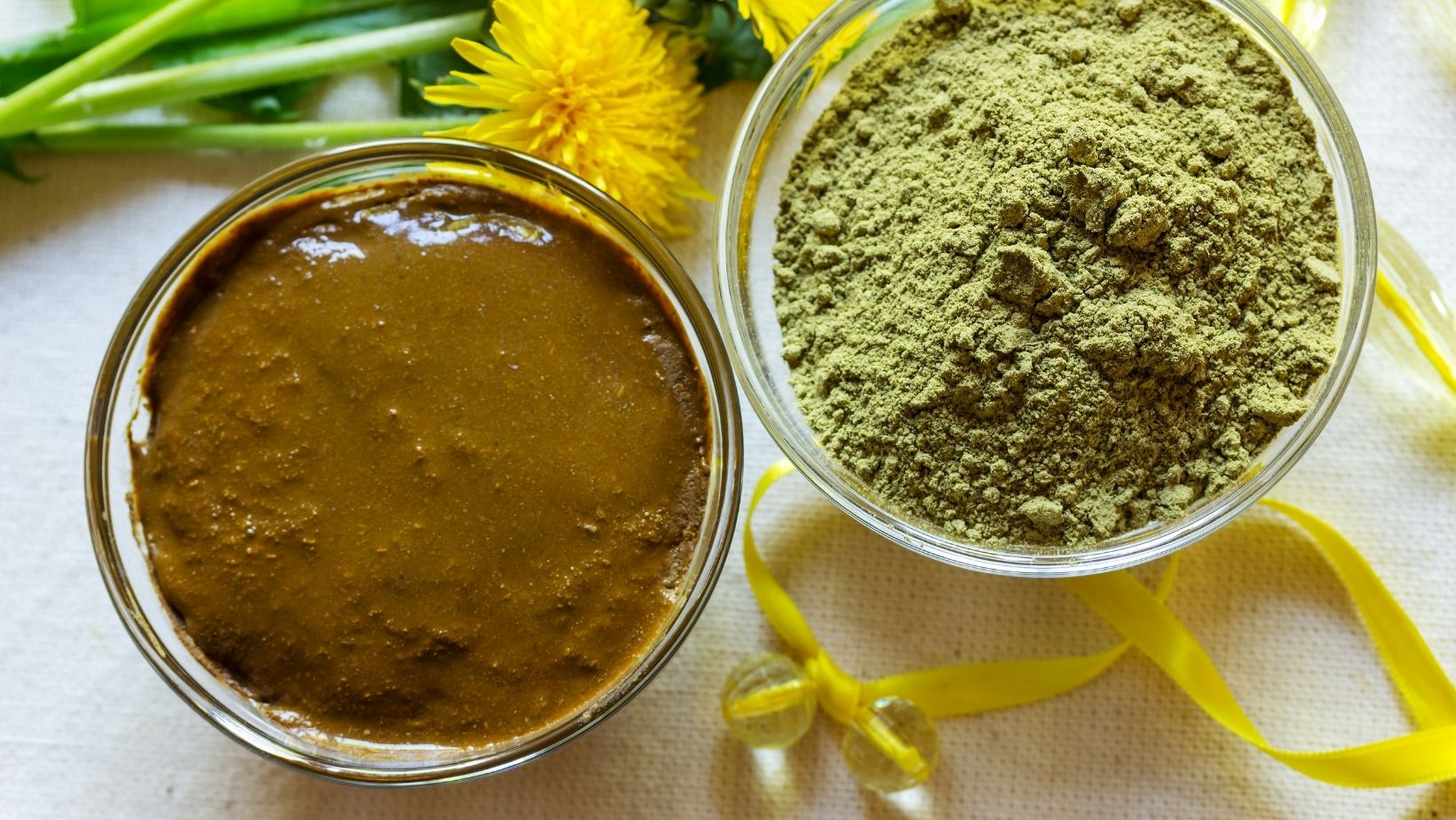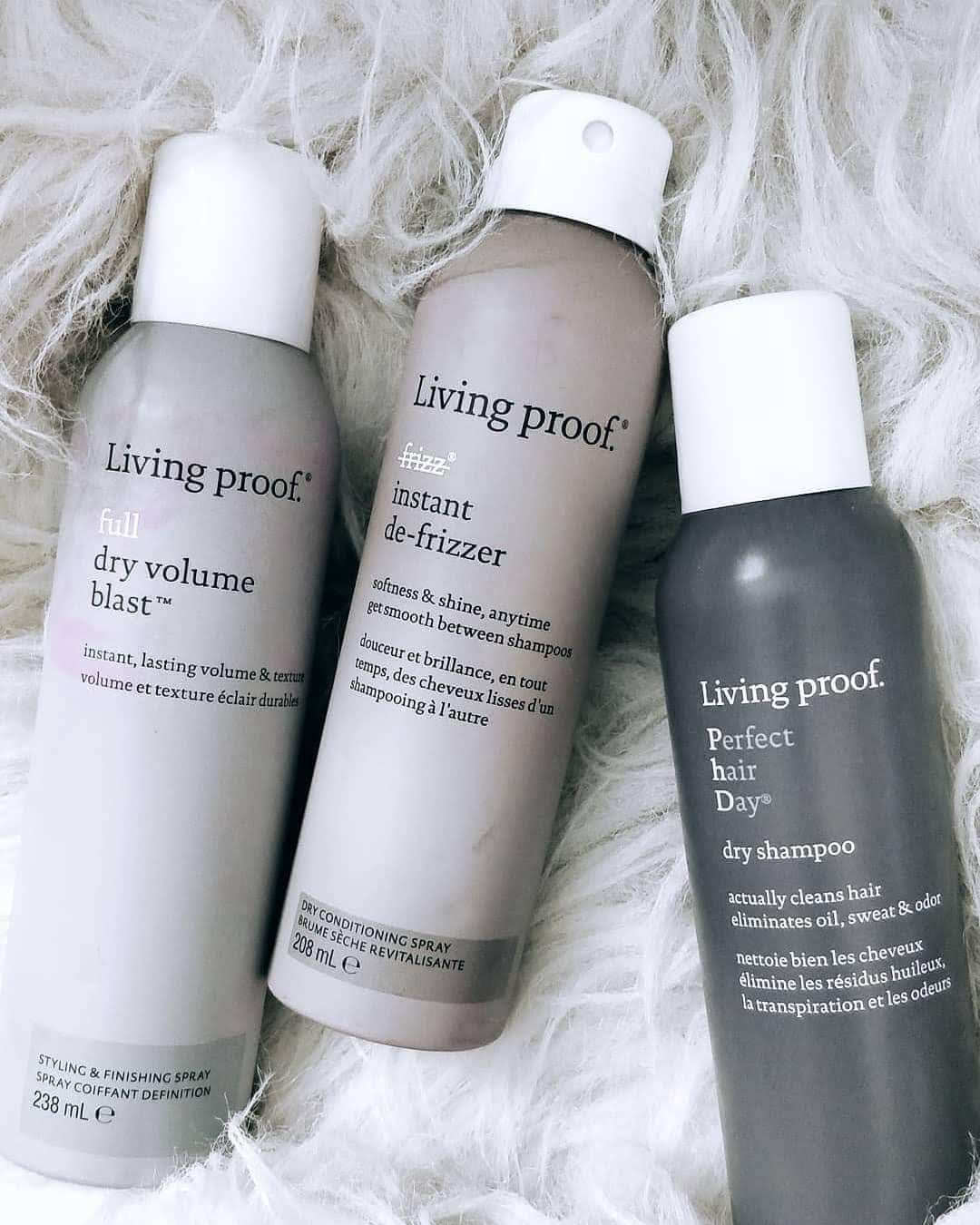Grey hair is a sign of aging and hair color is the most common way to hide it. Chemical hair dye can color your hair but it is not good in the long run. Just because of that, natural hair dyes like henna and indigo are becoming more popular. They help to color your hair effectively and not even damage it. However, you need to reapply after a few weeks.
These hair dyes are safe to use frequently and make your hair naturally black. If you are just starting out and you are a beginner in the world of hair dyeing then don’t worry, this post is the complete guide of natural hair dyeing with Henna and indigo that is good for your hair and free of chemicals. Let’s start with the concept of widely used recipe of natural hair dye. Please note, This is a two step process that is time consuming and requires a lot of patience.
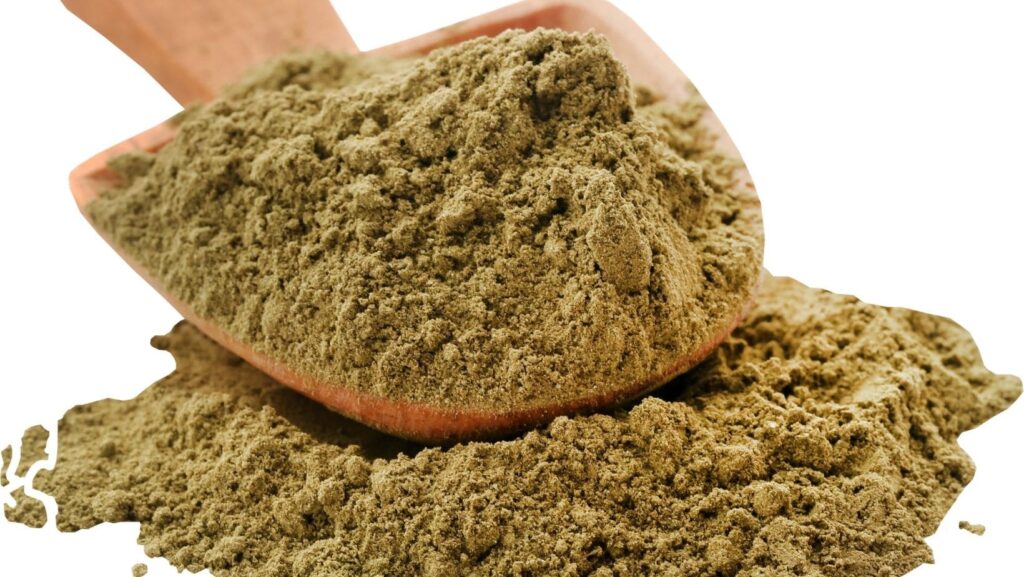
What is indigo powder?
Indigo is not new to us, it’s obtained from Indigofera plants. People have been using it for decades to color textiles and clothes. Indigo leaves were ground and used for clothes coloring. Over the years, people got to know about its effects on hair coloring. They found it to dye the black hair naturally.
Benefits of indigo powder
Before moving towards the dyeing process you should know about the benefits of indigo powder and how it can help you to make your hair healthy and strong with natural lustrous hair.
- It treats and cures premature hair greying with regular use.
- It is totally natural and doesn’t harm your hair in any way.
- It helps to nourish and moisturize your hair after Henna application.
- It strengthens the hair roots and makes your hair strong
- When you use it with Henna powder and the right method, it gives a brown and black color.
- It enhances hair color and shine.
- It soothes the scalp and reduces dandruff and itchy scalp.
- It stimulates the new hair growth with consistent use.
- It makes your hair lustrous, shiny, smooth and manageable.
Both henna and Indigo powder provide two types of colors – brown and black. Both hair dyeing is different so let’s understand how to color your hair black and brown.
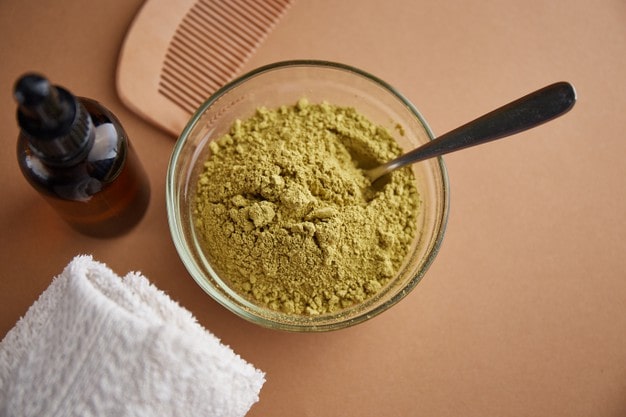
How to use Henna and Indigo powder for brown hair color?
For brown hair color, this is a very simple and go to process to dye your hair. You can include this in your hair care routine on a regular basis. So here is the complete process to apply it.
Ingredients
- 100g henna powder
- 50g indigo powder
- 1 tbsp Yogurt or 1 egg
- Bowl and spoon
- Hair coloring brush and gloves
- Water
Method
- Mix henna powder and yogurt in a bowl. Add water into it gradually and stir. Make a thick paste.
- Cover it with a plastic wrap. Leave it for overnight.
- Next morning, add indigo into the henna paste. Add water if needed for smooth and thick consistency. Stir it well.
- Wear gloves and drape a towel to avoid the stain on cloth or you can wear any old cloth
- Divide your hair into sections and clip it.
- Start applying from the root to end and work on one section at a time. After it, make a bun and wear shower cap
- Leave it for 2 hours minimum.
- Wash your hair with normal water and wash it thoroughly
- Do not use shampoo or conditioner just after it
- Let them dry and apply hair oil thoroughly. Wash your hair the next day with shampoo
- Use it once or twice a month
How to use Henna and indigo powder for black hair color?
Brown hair dyeing is a quick and easy way to get soft brown hair. But for black hair color you need to do a two step process which may consume time. In this method, You can’t apply by mixing both of these at once. You need to apply henna paste first and then indigo powder paste to get black natural hair color.
Ingredients
- 100g henna powder
- 50 g indigo powder
- 1 tbsp Yogurt or 1 egg
- ½ teaspoon salt
- Bowl and water
- Spoon
- Hair coloring brush
Method to use
Step 1:
- Mix henna powder and yogurt/egg in a mixing bowl. Add water slowly and stir it until a thick and smooth paste is made.
- Cover it with a plastic wrap and leave it for overnight.
- Drape an old towel around your shoulder or wear an old cloth, wear gloves.
- Divide the hair into 2 sections and section from 1 section itself.
- Apply from root to tip and only on one section at a time.
- When you have applied it all over the hair, make a bun and wear shower cap.
- Leave it for a minimum of 2 hours as it is.
- Rinse it off after it with normal water and don’t use any shampoo or conditioner.
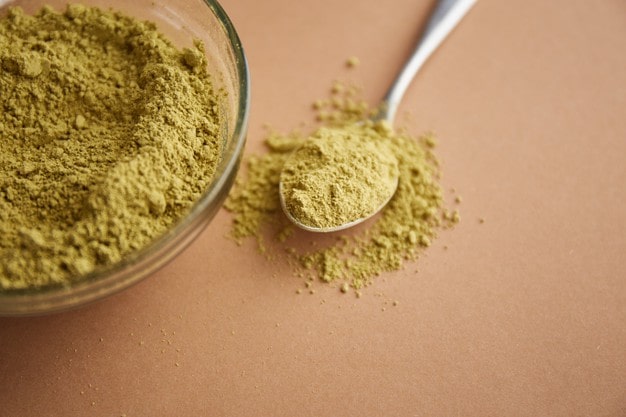
Step 2:
- Let them dry after rinsing your hair.
- Take a clean bowl. Add Indigo powder and salt and mix it.
- Add water gradually and stir it until a thick and smooth paste is made.
- Divide your hair into sections and apply this paste the same way as Henna paste with a hair coloring brush.
- Let it stay for 2 hours and rinse your hair with normal water.
- Don’t use any shampoo or conditioner just after it.
- Let them dry and apply olive oil or mustard oil to your hair.
- Shampoo your hair the next day.
This may be a lengthy process but you will get the desired gorgeous black hair color. You can do this process once or twice a month.
Note- Use 100% pure and natural indigo powder and it can be allergic so do a patch test before using it.
Conclusion
Store bought hair dyes can give effective results but they are chemicals based and can harm your hair. So, the better alternative is to use natural hair dying henna and indigo powder. Only indigo powder can’t give the effective dyeing results, you have to use Henna and indigo both for natural gorgeous color. It has a lot of benefits which can make your hair strong with beautiful hair color.
In my next haircare post, I will share about an innovative product from Shesha Ayurveda that eliminate this two step hair color process. Stay Tuned for that.
Image reference- freepik
